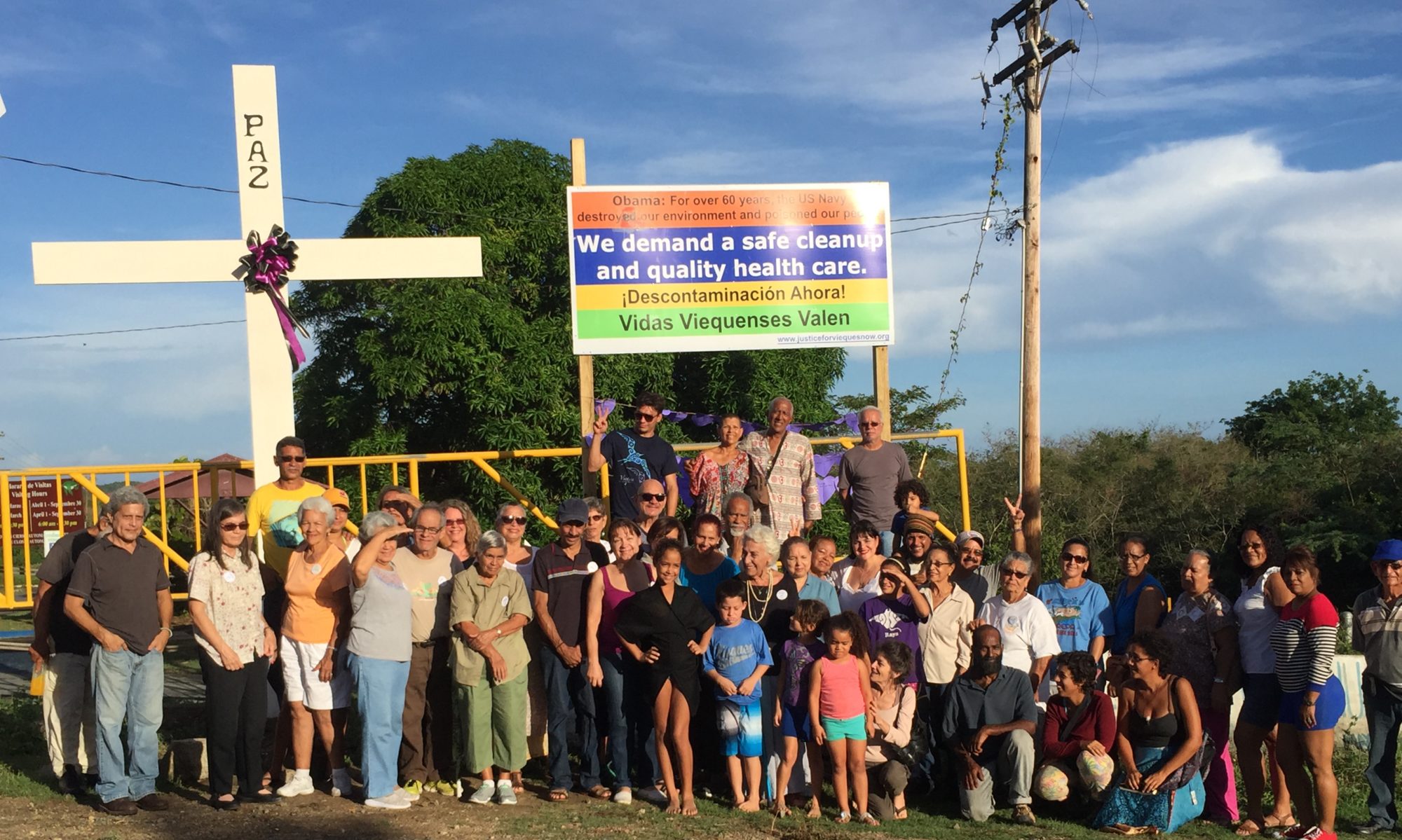One thesis is about reparations for human rights violations and one is about the lack of citizen participation in the cleanup process.
Ithaca College study showing heavy metals (poison) in our plant life in Vieques related to military practices.
She said that as these plants take up the toxins, the animals that eat the plants consume the toxins, which progress up the food chain, eventually contributing to human consumption of toxins. Heavy metals like lead can cause health issues like cancer, blood problems and heart issues.
Biology professor Susan Swensen Witherup is Bucior’s research mentor. Witherup has a doctorate in plant physiology and genetics, and is working on the genetic mapping of the Scaevola plant. Bucior said Witherup invited her to work in her lab when she was a sophomore. The work originally involved research on pollination between native and invasive species in Vieques, but Bucior said she later enrolled in Witherup’s Biology of Oceanic Islands course that traveled to Vieques last year.
Witherup said she had collected plants from different geographic locations with the purpose of conducting analyses to compare genetic variances among plant populations. However, with these samples in hand, she said, she saw an opportunity to test for toxins with the knowledge of the island’s military history.
“It was just basically a shot in the dark,” she said. “It was like, ‘Well, hey, we know that this happened in Vieques, and we have all these different samples from all these different locations in Vieques. Why not also use these samples to look for a metal?’”
Bucior said that after researching and reading between 70 and 80 academic papers, she found one that related to her idea and modeled her research after it. She mapped the island based on where and to what degree the bombing occurred. During her trip, she collected more samples for her research from the various places on the island that she mapped.
“I learned a lot about the history, I got to talk to some of the people, and I just got really into it, learning about the environmental impacts of how we, as the American nation, came in, utilized the land and just kind of left it,” she said.
Witherup said her job as Bucior’s research mentor involves guiding the research, seeking funding and encouraging Bucior to present her work to academic journals. She said Bucior does all of the day-to-day work on the project, including collecting samples and conducting experiments.
Senior Adriana Morales is from Puerto Rico and works in the lab with Bucior on a separate project regarding the Scaevola plant’s genetic diversity. Morales’ project is similar to Bucior’s in that it involves the concept of conservation and utilizes the same type of plant. However, Morales’ work includes analyzing and researching to conserve the native species, Scaevola plumieri, and comparing it to the invasive species Scaevola taccada that was introduced by humans for the sake of tourism.
“Puerto Rico has really nice beaches, and so they usually build a lot of hotels or houses,” she said. “They usually tear everything apart, and then they do the building. When they try to make it like it was before, that’s when they bring in the taccada. And so they replant the taccada because it grows way faster and it looks very similar to the native one.”
Genetic diversity, she said, is essential for a healthy ecosystem. Morales said her work may also relate to Bucior’s due to the existence of heavy metals in the plants leading to genetic differentiation.
